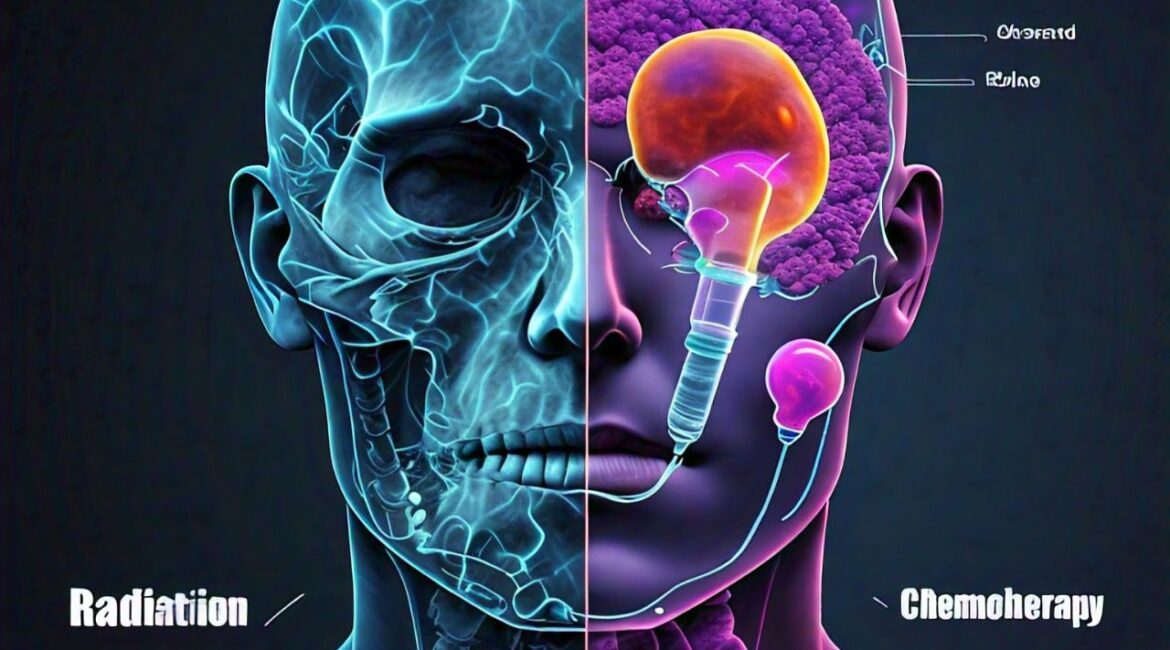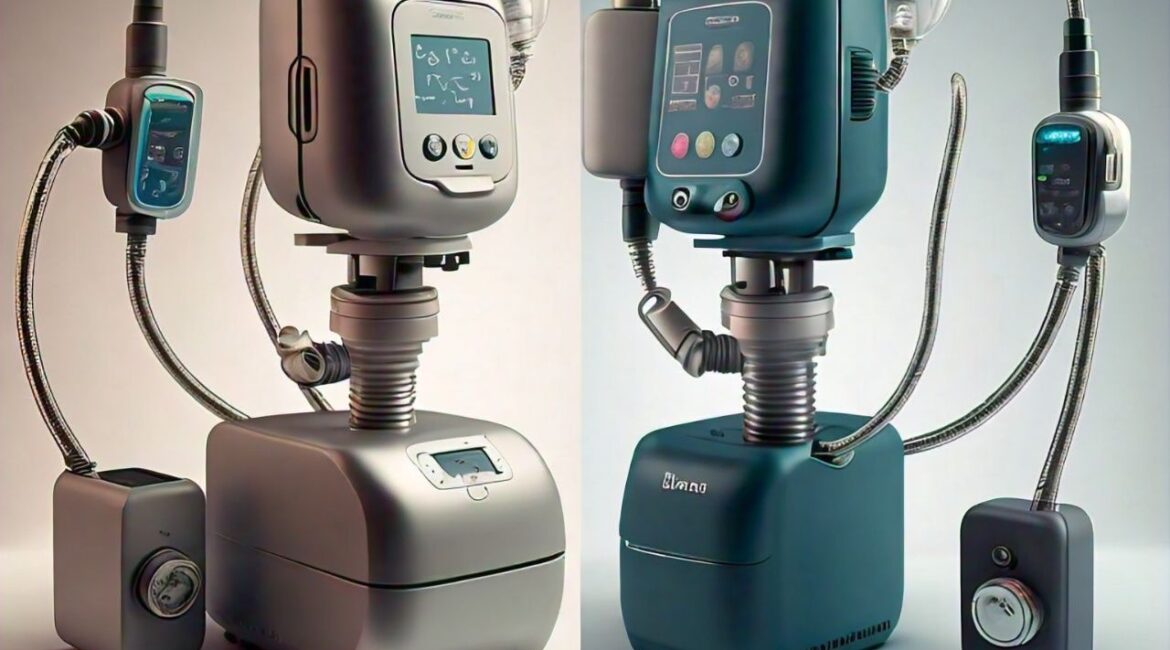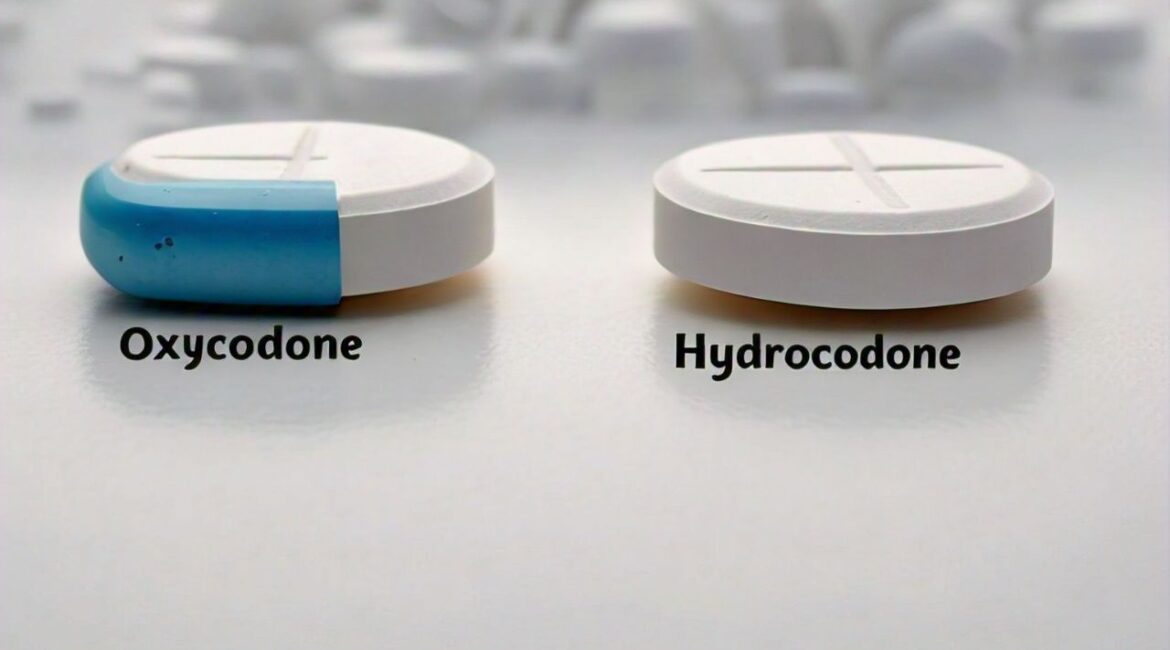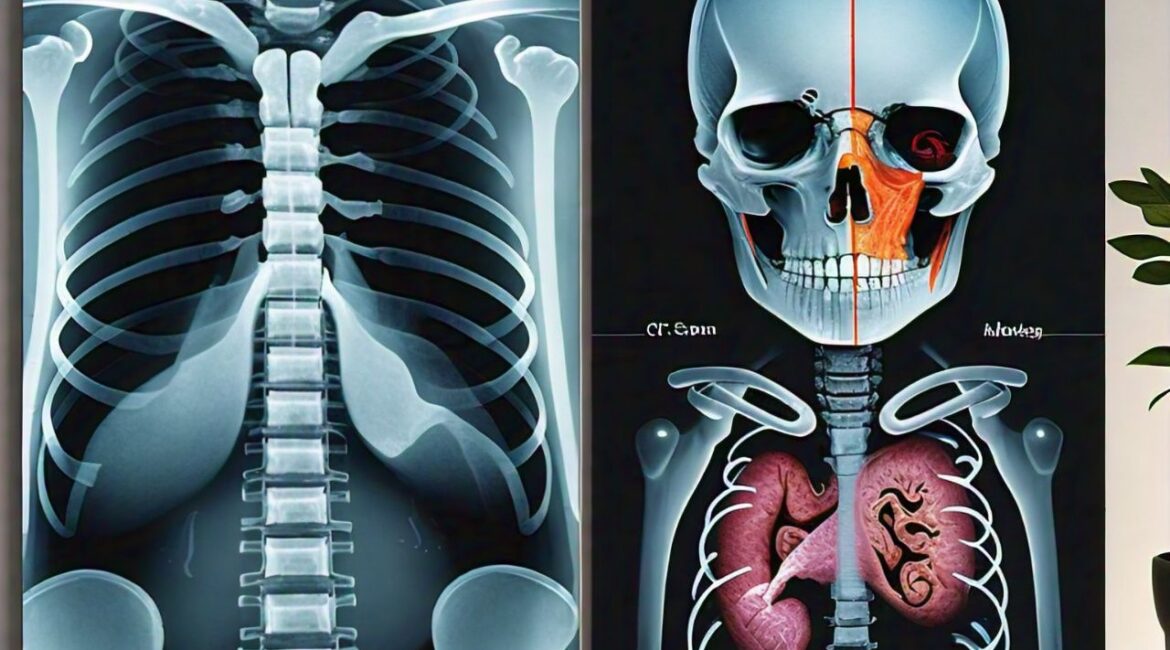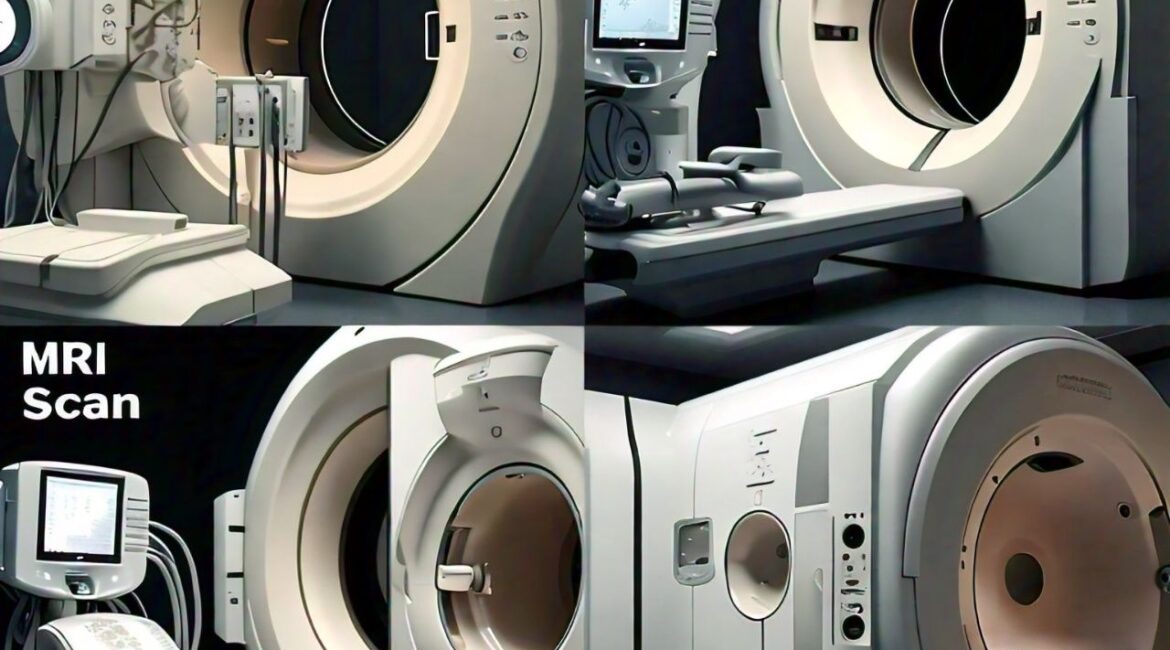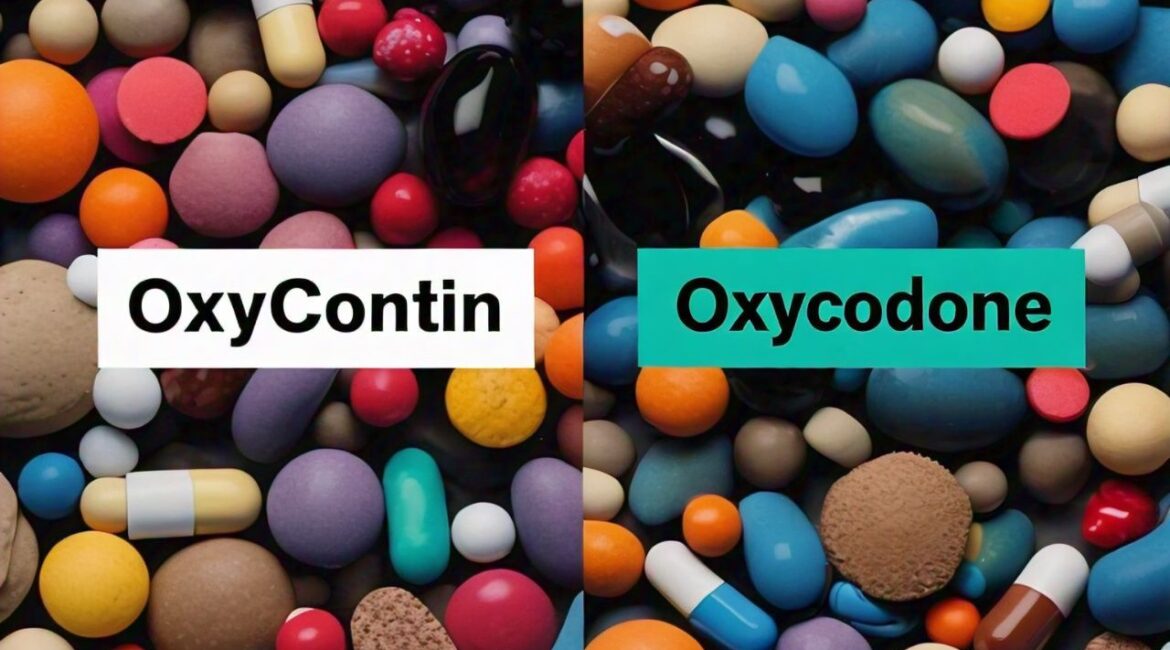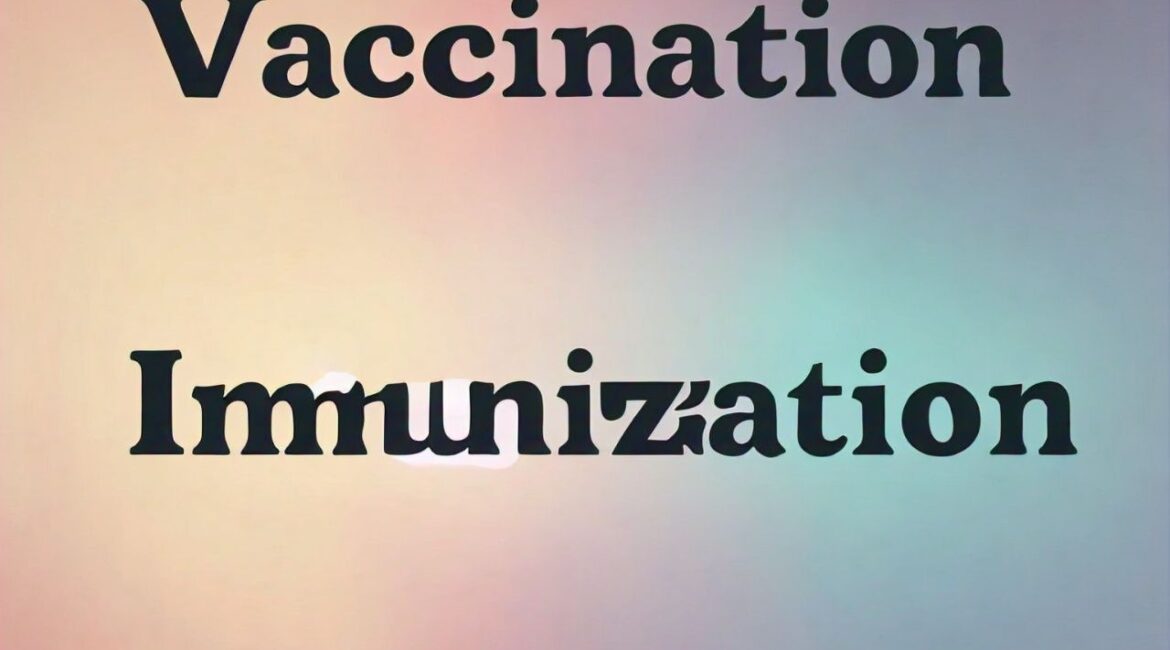Radiation therapy and chemotherapy are two of the most common cancer treatment methods, but they work in significantly different ways. Radiation therapy involves using high-energy waves, such as X-rays, gamma rays, or particle radiation, to kill or damage cancer cells. The treatment targets specific areas where cancerous tumors or cells...
Sunscreen and Sunblock
Sunscreen and sunblock are both vital tools for protecting your skin from the harmful effects of the sun's ultraviolet (UV) rays, but they work in different ways. Sunscreen is a chemical-based product that absorbs UV radiation, reducing its penetration into the skin. It primarily filters UVB rays, which are responsible...
CPAP and BiPAP
Sleep apnea is a common sleep disorder in which an individual’s breathing repeatedly stops and starts during sleep. To manage this condition, CPAP (Continuous Positive Airway Pressure) and BiPAP (Bilevel Positive Airway Pressure) are two common therapies used. Both devices are types of non-invasive positive airway pressure ventilation, helping keep...
IVF and IUI
In-vitro fertilization (IVF) and intrauterine insemination (IUI) are two widely used fertility treatments that help couples who are struggling with infertility conceive. While both treatments aim to assist in pregnancy, they differ significantly in their procedures, success rates, costs, and the conditions they treat. Understanding the differences between IVF and...
Oxycodone and Hydrocodone
Oxycodone and hydrocodone are both powerful prescription pain medications, classified as opioids, that are commonly used to treat moderate to severe pain. Both drugs act on the brain’s opioid receptors to reduce the perception of pain. While they are similar in function, there are important differences between the two, including...
X-ray and CT Scan
X-rays and CT scans are both diagnostic imaging tools that help doctors view the internal structures of the body. While they serve a similar purpose, they differ in how they work and the level of detail they provide. X-rays are a more basic and widely used imaging technique that provides...
Cow Milk and Goat Milk
Cow milk and goat milk are two of the most widely consumed types of milk around the world, both offering a variety of nutrients and health benefits. However, they differ in terms of nutritional content, digestibility, flavor, and even environmental impact. While cow milk is more commonly available and consumed...
CT Scan and MRI Scan
CT scans (Computed Tomography) and MRI scans (Magnetic Resonance Imaging) are two of the most commonly used medical imaging techniques that allow doctors to view detailed internal structures of the body. While both technologies provide valuable diagnostic information, they operate using different methods, making them more suitable for specific conditions...
Aerobic and Anaerobic Exercise
Aerobic and anaerobic exercise are two fundamental types of physical activity that differ in how they impact the body, particularly in terms of energy production and endurance. Understanding these differences can help individuals choose the right exercise routine for their fitness goals, whether they are seeking to improve cardiovascular health,...
Dietitian and Nutritionist
Dietitians and nutritionists are both professionals who focus on food, nutrition, and health, but there are key differences in their education, scope of practice, and the regulations governing their work. Both dietitians and nutritionists play critical roles in helping individuals achieve optimal health through proper nutrition, but their training and...
Oxycontin and Oxycodone
Oxycontin and oxycodone are both opioid medications used to treat moderate to severe pain, but they are not the same. While oxycodone is the active ingredient in both drugs, Oxycontin is a brand-name formulation of oxycodone that is designed to release the medication over an extended period. These drugs are...
Vaccination and Immunization
Vaccination and immunization are two terms that are often used interchangeably but represent different aspects of the process of protecting individuals from infectious diseases. Both vaccination and immunization aim to prevent diseases by preparing the immune system to recognize and combat pathogens, such as viruses and bacteria. However, there are...
